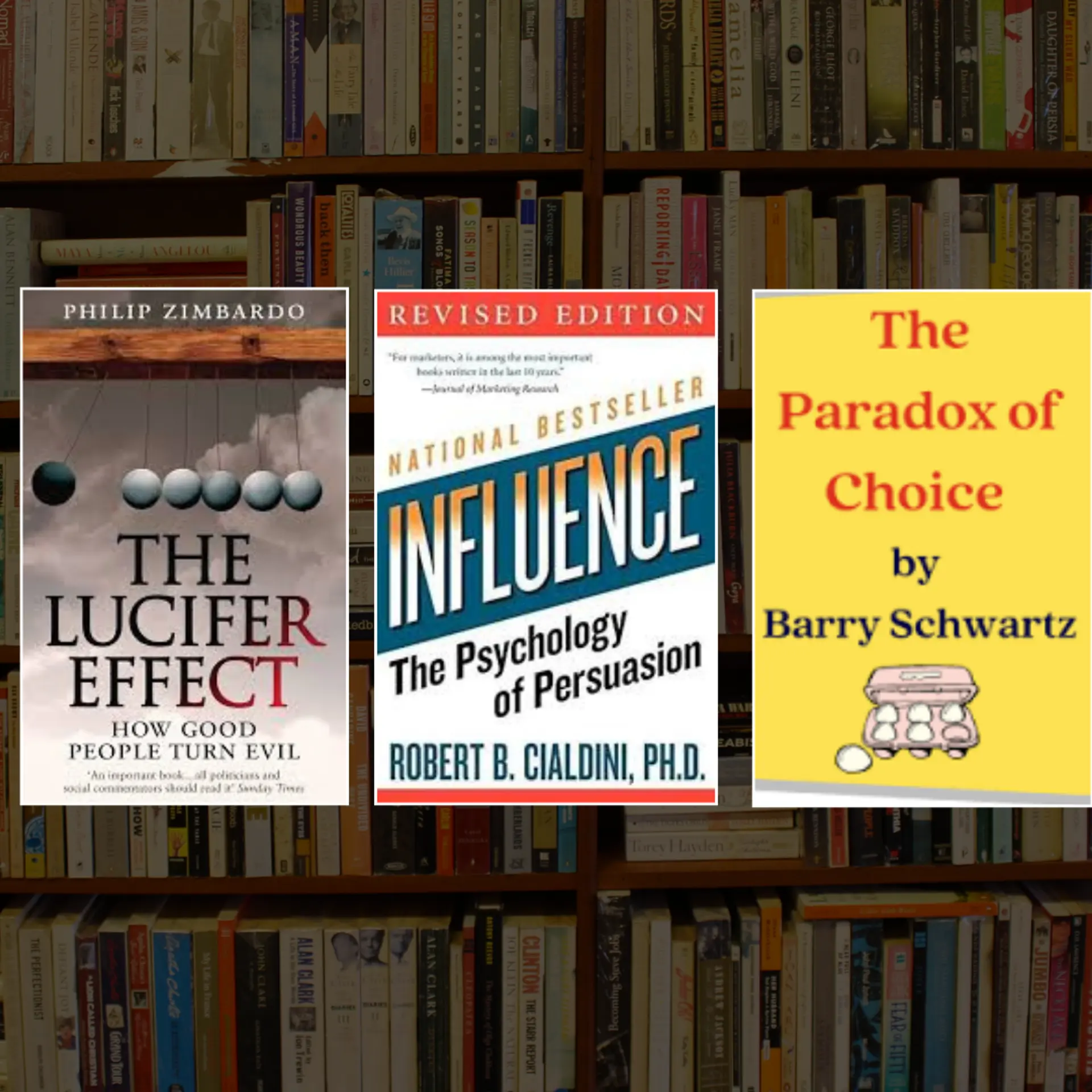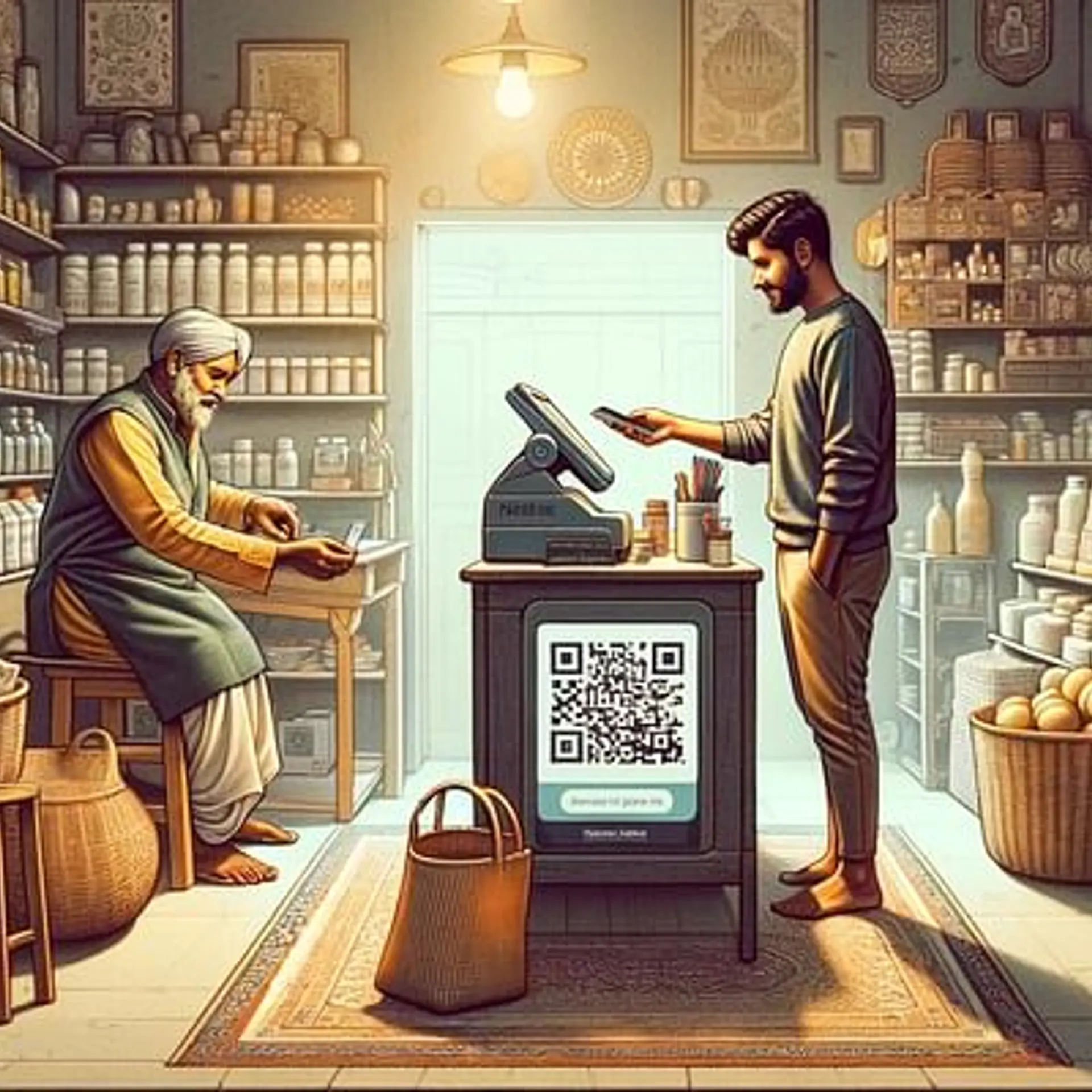The future is either sustainable or not
“We cannot solve our problems with the same thinking we used when we created them.”
– Albert Einstein
Urbanisation at the cost of environment
India’s urban population has increased eight folds since the 1950s. Between 1991 and 2011 alone, our urban population increased from 26 percent to 31 percent.
This rapid urbanisation, as we now realise, came at a great environmental cost. Thirteen out of the 20 most polluted cities in the world are in India; Delhi being the most polluted. According to government, 35 percent of our schoolchildren have poor lung health. Air is just the tip of the iceberg. Growth at the cost of the environment is the story of every burgeoning Indian city.

According to the Sustainable Cities Index, which measured 50 cities across the world based on their economic, social, and environmental characteristics, New Delhi is the second most unsustainable city, beaten only by Nairobi. In the same list, Mumbai ranks fourth from the bottom.
Water is another major concern. Our rivers are dead near industrial and urban settlements. Depleting water supply accompanied with greater demand, vanishing water bodies, falling groundwater levels, poor sanitation and drainage, and urban floods have become a common scenario in urban India.
We fare poorly on social and economic parameters too. Rising income inequality leading to rise of slums, rise in crime levels, and a rise in overall insecurity and alienation is the common problem of urban India.
Although urbanisation is a global phenomenon, cities like Frankfurt, London, and Singapore have proven how urbanisation can be achieved while keeping not just economic progress but also environment and standard of living as important factors.
India has woken up late to the problems of urbanisation. But over the past decades, India has aggressively changed emission standards, created regulatory bodies, built sewage treatment plants, invested in public transport and urban planning.
India joining the global quest against climate change
Ridden with climate change, overconsumption, environmental degradation, population growth, and the pursuit of indefinite economic growth in a closed system, sustainability has emerged as a major global agenda today. Over the past decades, India has also acknowledged that sustainability is not an urban problem alone, but haunts rural India equally. Being a part of the progressive global community, India has pledged to commit to the 17 sustainable development goals (SDGs). These goals include:
- Poverty – End poverty in all its forms everywhere.
- Food – End hunger, achieve food security and improved nutrition and promote sustainable agriculture.
- Health – Ensure healthy lives and promote well-being for all at all ages.
- Education – Ensure inclusive and equitable quality education and promote lifelong learning opportunities for all.
- Women – Achieve gender equality and empower all women and girls.
- Water – Ensure availability and sustainable management of water and sanitation for all.
- Energy – Ensure access to affordable, reliable, sustainable and modern energy for all.
- Economy – Promote sustained, inclusive and sustainable economic growth, full and productive employment and decent work for all.
- Infrastructure – Build resilient infrastructure, promote inclusive and sustainable industrialisation and foster innovation.
- Inequality – Reduce inequality within and among countries.
- Habitation – Make cities and human settlements inclusive, safe, resilient and sustainable.
- Consumption – Ensure sustainable consumption and production patterns.
- Climate – Take urgent action to combat climate change and its impacts.
- Marine ecosystems – Conserve and sustainably use the oceans, seas and marine resources for sustainable development.
- Ecosystems – Protect, restore and promote sustainable use of terrestrial ecosystems, sustainably manage forests, combat desertification, and halt and reverse land degradation and halt biodiversity loss.
- Institutions – Promote peaceful and inclusive societies for sustainable development, provide access to justice for all and build effective, accountable and inclusive institutions at all levels.
- Sustainability – Strengthen the means of implementation and revitalise the global partnership for sustainable development.
India was also part of the recent historic Paris agreement on climate change, where we pledged to reduce emissions by 40 percent and dependency on fossil fuels by 2030. We have already put forward a target of 175 GW of energy production from renewable sources by 2022. In the past two years, the Indian government has increased the coal cess from Rs 50 per tonne to Rs 400 per tonne, the benefits from which will help fill the National Clean Energy Fund. However, according to a report in Scroll, the budget allocated in the current financial year to carry out the mission is merely 0.45 percent of the required amount.
For India, walking the tight rope of sustainable progress is of paramount importance. More than half of India’s population is dependent on natural resources for livelihood. Government figures released in 2012 showed that over 300 million people in India have no access to electricity. Under such conditions, India needs to aggressively chase its renewable mission before it is too late. We have to achieve our SDGs with greater determination. Initiatives such as the Swachch Bharat Abhiyan and Smart Cities Mission need to be aligned with the environmental and social agenda to better address these issues.

If bees die, we die
India, and the global community at large, needs to acknowledge that sustainability is beyond sustainable growth. Humans are ecologically dependent on nature in more ways than we know. For example, pollination by bees is vital to the survival of agriculture. In fact, one third of our global food supply is pollinated by bees. Without bees, human race would run out of food supply and cease to exist in its current form.
It is this fragile thread of dependency on the ecosystem and Mother Nature, which should be our guiding light to a sustainable future. This is where citizens can play a pivotal role. In a democratic country like ours, public discernment, thought, and response are extremely important, which help bring greater transparency in policymaking, greater acceptance, and better implementation of the green agenda.
Sustainability is an agenda for policymakers and citizens alike. Citizen have proven that their voice and action matters through many community driven and individual initiatives like rainwater harvesting, adapting renewable means of energy, usage of public transport, cycling, green living, waste segregation and recycling.
It is with this intent and hope, we at SocialStory are launching a campaign on ‘Sustainability’. Over the next few weeks, we will write about issues that we need to tackle for a sustainable future. We will also bring forward organisations and individuals in the field of sustainability and climate change, along with other expert voices. If you have an interesting perspective to share on the subject, please fill up this form. Please write to us at [email protected] sharing your feedback on what you can do to help realise a sustainable future, and we will share your thoughts and experiences with our readers.







